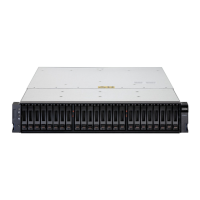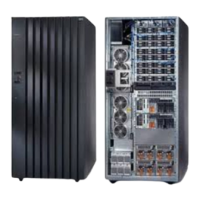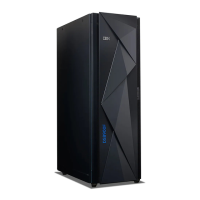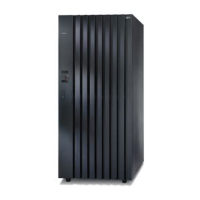7065appCLI.fm Draft Document for Review August 30, 2007 12:59 am
542 IBM System Storage DS3000: Introduction and Implementation Guide
Example: C-1 SMcli syntax
amazon:~ # SMcli -?
SMcli <hostname or IP address>
[<hostname or IP address>]
[-c "<command>;[<command2>;...]"]
[-n <storage-array-name> | -w <WWID>]
[-o <outputfile>] [-p <password>] [-e] [-S] [-quick]
SMcli <hostname or IP address>
[<hostname or IP address>]
[-f <scriptfile>]
[-n <storage-array-name> | -w <WWID>]
[-o <outputfile>] [-p <password>] [-e] [-S] [-quick]
SMcli {-n <storage-array-name> | -w <WWID>}
[-c "<command>;[<command2>;...]"]
[-o <outputfile>] [-p <password>] [-e] [-S] [-quick]
SMcli {-n <storage-array-name> | -w <WWID>}
[-f <scriptfile>]
[-o <outputfile>] [-p <password>] [-e] [-S] [-quick]
SMcli -d [-i] [-s] [-w] [-v] [-S]
SMcli -A [<ip address1> [ip address2]] [-S]
SMcli -X (-n <storage-array-name> | -w <WWID> | -h <hostName>)
SMcli -m <ip address> -F <email address> [-g <contactInfoFile>] [-S]
SMcli -x email:<email address>
[<hostname or IP address1> [<hostname or IP address2>]]
[-n <storage-array-name> | -w WWID | -h <hostName> | -r (direct_sa |
host_sa)]}
[-S]
SMcli -a email:<email address>
[<hostname or IP address1> [<hostname or IP address2>]]
[-n <storage-array-name> | -w <WWID> | -h <hostName> | -r (direct_sa |
host_sa)]}
[-I <informationToInclude>] [-q <frequency>] [-S]
SMcli {-a | -x} trap:<community>,<hostname or IP address>
[<hostname or IP address1> [<hostname or IP address2>]]
[-n <storage-array-name> | -w <WWID> | -h <hostName> | -r (direct_sa |
host_sa)}
[-S]
SMcli -?
For additional information, refer to your Command Line Interface documentation
SMcli completed successfully.
amazon:~ #
The various syntax options as shown by SMcli-? perform the following tasks:
Execute commands on a given storage subsystem that are specified on the command line
over an out-of-band management connection
Note: The PATH environment variable in Linux is modified during installation of the Storage
Manager to allow the execution of CLI and the GUI from everywhere in the system. On
Microsoft Windows Systems this is not the case.
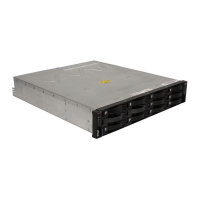
